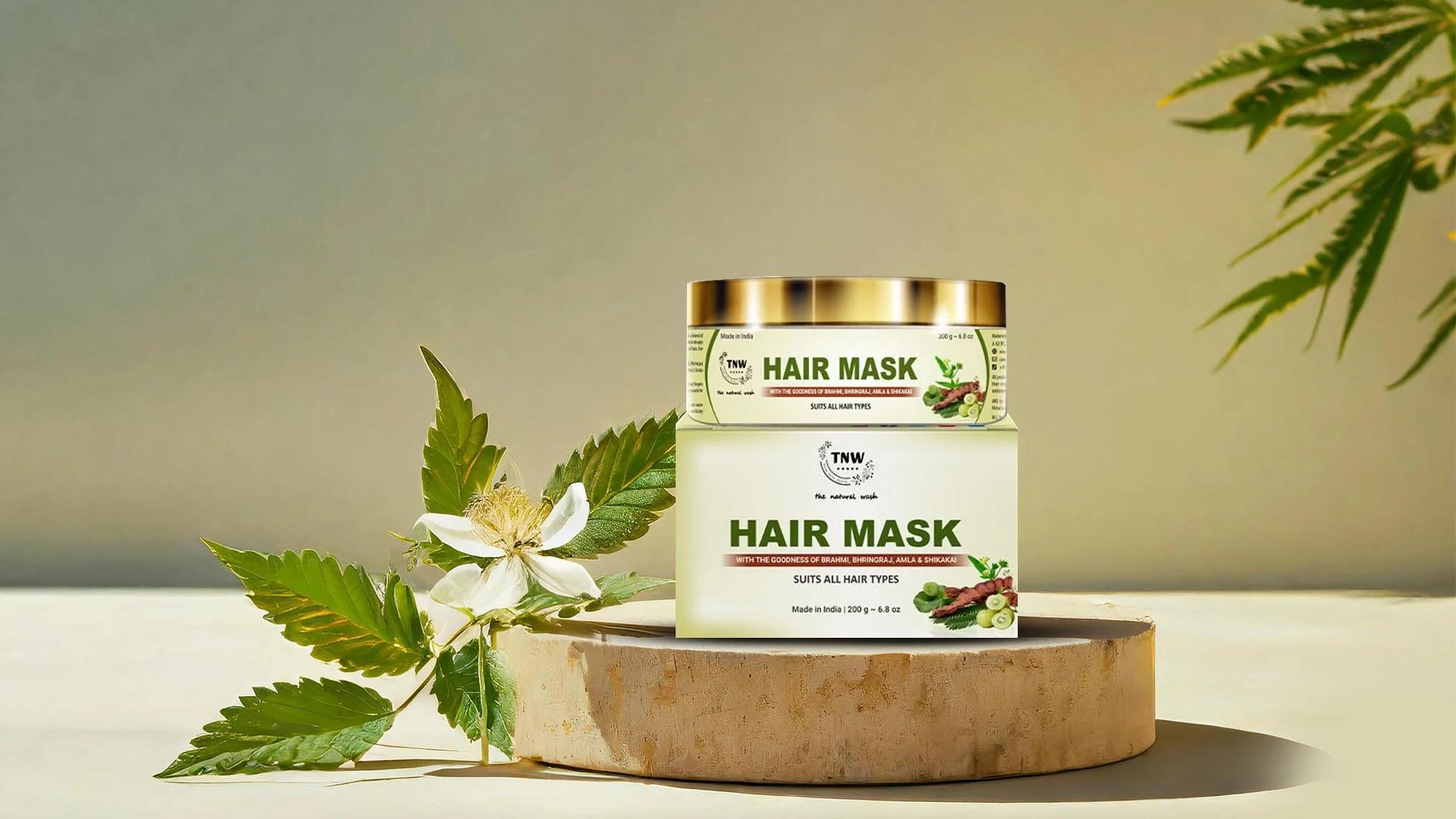Timing and Frequency
Most hair packs work best when left on for 30-45 minutes. That's enough time for ingredients to penetrate without overdoing it. For regular maintenance, once a week is perfect. If you're dealing with specific issues, you might want to use targeted treatments twice a week initially.
Overnight Hair Mask Tips
Some gentle treatments work beautifully as an overnight hair mask. Oil-based packs are perfect for this—just use less product to avoid a greasy mess. Wrap your hair in a silk scarf or use a satin pillowcase to protect your bedding. Wake up to seriously soft hair.
Post-Treatment Hair Care
Rinse thoroughly with lukewarm water first, then follow with a gentle shampoo if needed. Some oil-based treatments might need two washes. Finish with cool water to seal the hair cuticles and lock in all that goodness you just gave your hair.
Troubleshooting Common Issues with Homemade Hair Packs
Let's be real—DIY hair treatments don't always go according to plan. Here are solutions to the most common hiccups you might encounter.
Dealing with Messy Application
Section your hair before you start and keep wet wipes handy. Apply the pack in your bathroom rather than over the carpet. If things get messy, remember that most natural ingredients wash out easily with warm water. A little mess is worth the amazing results.
Adjusting Consistency and Ingredients
Too thick? Add a splash of water or milk. Too runny? Mix in some oatmeal powder or cornstarch. If you're allergic to eggs, try flax gel instead. Coconut oil too heavy for your fine hair? Switch to lighter oils like argan or jojoba.
Frequently Asked Questions
Here are the questions we get asked most about DIY hair treatments. Spoiler alert: most concerns are totally manageable with the right approach.
Can I use a hair pack on coloured or chemically treated hair?
Absolutely! Natural ingredients are generally gentler than commercial treatments. Just do a patch test first and avoid lemon or other acidic ingredients that might affect your colour. Stick to moisturising ingredients like coconut oil, honey, and avocado.
How long does a homemade hair pack last?
Fresh is always best, so try to use your pack immediately. If you need to store it, most mixtures last 2-3 days in the fridge. Oil-based packs keep longer than those with fresh fruits or dairy. Always give it a sniff test before using stored mixtures.
Can I combine multiple hair pack recipes?
Sure, but start simple. Once you know how your hair responds to individual ingredients, you can get creative with combinations. Just remember that more isn't always better—your hair can only absorb so much at once.
Are there any ingredients I should avoid in my hair pack?
Steer clear of anything you're allergic to, obviously. Some people find lemon too harsh for regular use. Baking soda can be too alkaline for damaged hair. When in doubt, patch test new ingredients on a small section first.
Final Thoughts
Making your own natural hair pack isn't just about saving money—it's about giving your hair exactly what it needs without any nasty surprises. You get to control every ingredient, customise treatments for your specific concerns, and discover what works best for your unique hair type. Start with simple recipes and gradually experiment with different combinations. Your hair is as individual as you are, so don't be afraid to tweak recipes until you find your perfect match. With a bit of kitchen creativity and some patience, you'll discover that the best hair treatments might just be hiding in your pantry. Trust the process, and more importantly, trust your hair to tell you what it loves.

 100 gm
100 gm